
Chicago is renowned for its breathtaking architecture, which has contributed to the city’s unique identity. Over the years, several iconic architects have left their indelible mark on the Chicago skyline. In this blog, we will explore the lives and works of five legendary architects who played a pivotal role in shaping the city’s architectural landscape. From innovative skyscrapers to awe-inspiring landmarks, their contributions have become an integral part of Chicago’s rich heritage.
1. Daniel Burnham: Master of Urban Planning
Daniel Burnham was a visionary architect and urban planner whose impact on Chicago is immeasurable. He played a significant role in designing the city’s first skyscrapers, including the iconic Flatiron Building. Burnham’s most notable achievement, however, was his visionary plan for the 1893 World’s Columbian Exposition, also known as the Chicago World’s Fair. This transformative event showcased Chicago as a global architectural powerhouse, with grand structures like the White City captivating visitors worldwide.
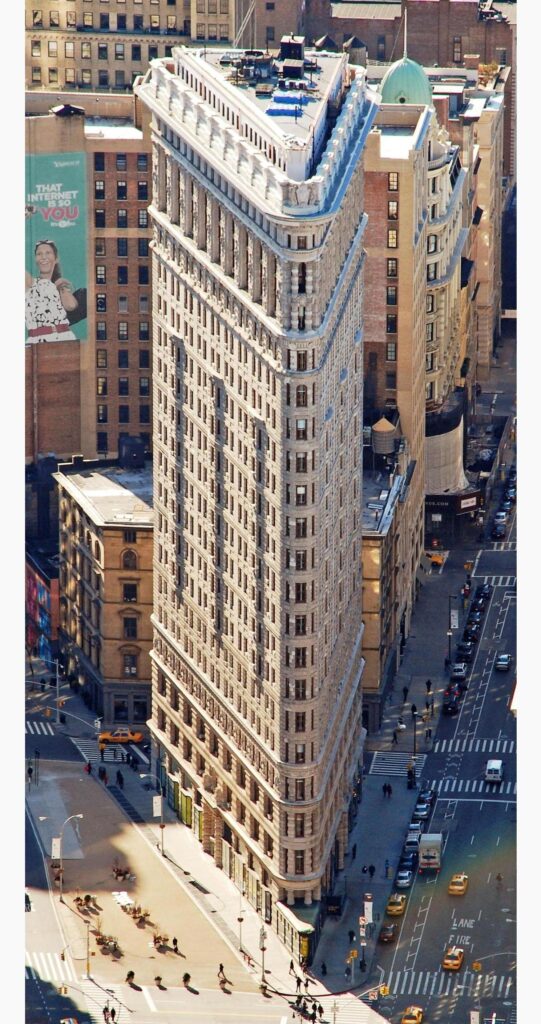
2. Frank Lloyd Wright: Organic Architecture Pioneer
Frank Lloyd Wright, a pioneer of organic architecture, left an enduring legacy in Chicago and beyond. His innovative designs, characterized by harmony with the natural surroundings, have become iconic landmarks. This makes them famous architects in Chicago. One such masterpiece is the Robie House, an exemplary representation of Wright’s Prairie School architectural style. The Guggenheim Museum in New York City, though not in Chicago, is another testament to Wright’s genius, showcasing his ability to seamlessly merge art and architecture.
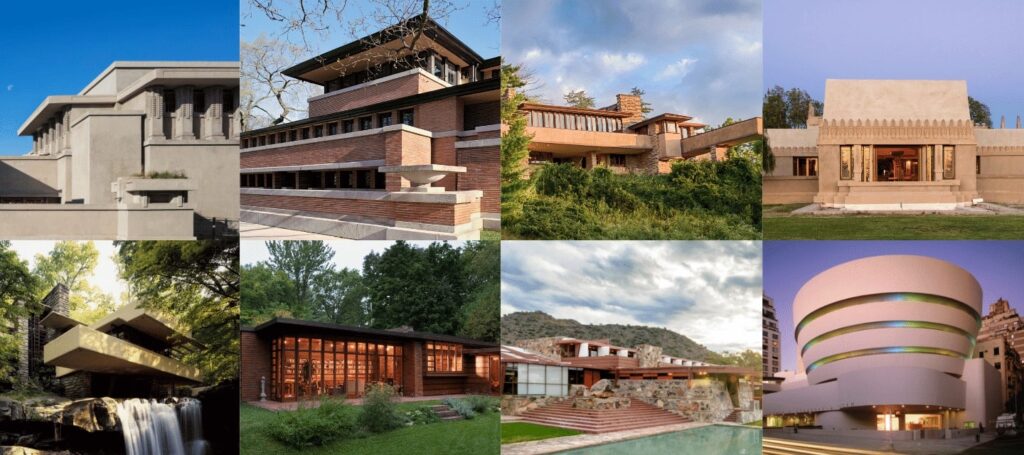
3. Louis Sullivan: Father of Skyscrapers
Louis Sullivan, often referred to as the “Father of Skyscrapers,” was an architectural prodigy who revolutionized the Chicago skyline. Sullivan’s concept of “form follows function” laid the foundation for modernist architecture. His masterpiece, the Carson Pirie Scott Building, exemplifies his innovative design philosophy, with its intricate ornamentation and vertical emphasis. Sullivan’s contributions to the development of skyscrapers forever changed the architectural landscape of Chicago.
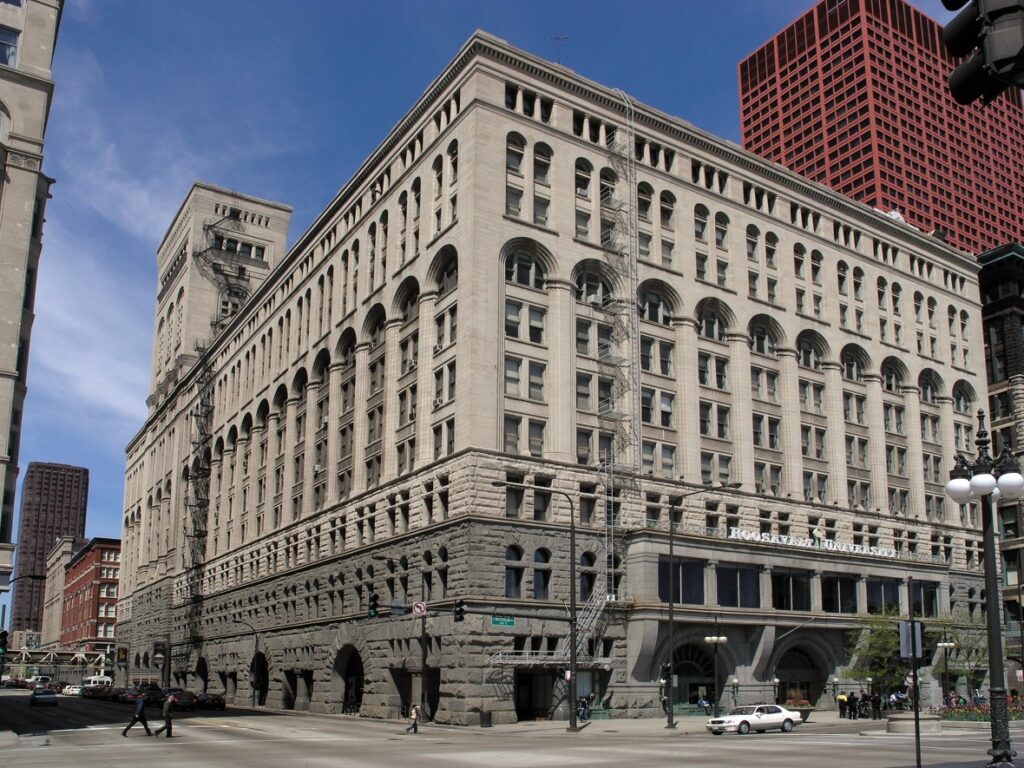
4. Ludwig Mies van der Rohe: Minimalism and Modernism
Ludwig Mies van der Rohe, a German-American architect, is renowned for his minimalist and modernist approach to architecture. He firmly believed in the power of simplicity, emphasizing clean lines and open spaces. One of his most iconic works in Chicago is the renowned Crown Hall, located at the Illinois Institute of Technology. This masterpiece perfectly exemplifies Mies van der Rohe’s philosophy, showcasing the beauty of minimalism and functional design.
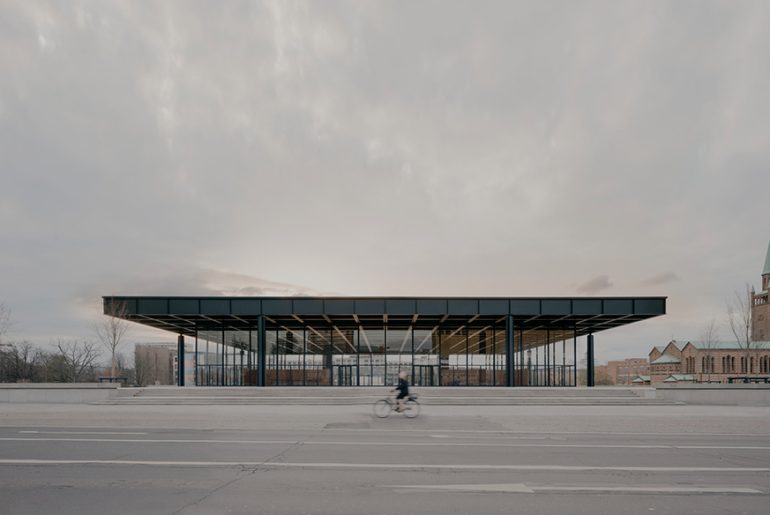
5. Helmut Jahn: Architectural Visionary
Helmut Jahn, a contemporary architect, made significant contributions to Chicago’s skyline with his innovative designs. One of his most notable achievements is the James R. Thompson Center, a futuristic government building that stands out with its bold use of glass and steel. Jahn’s commitment to pushing architectural boundaries has earned him international acclaim, and his works continue to inspire architects and enthusiasts alike.
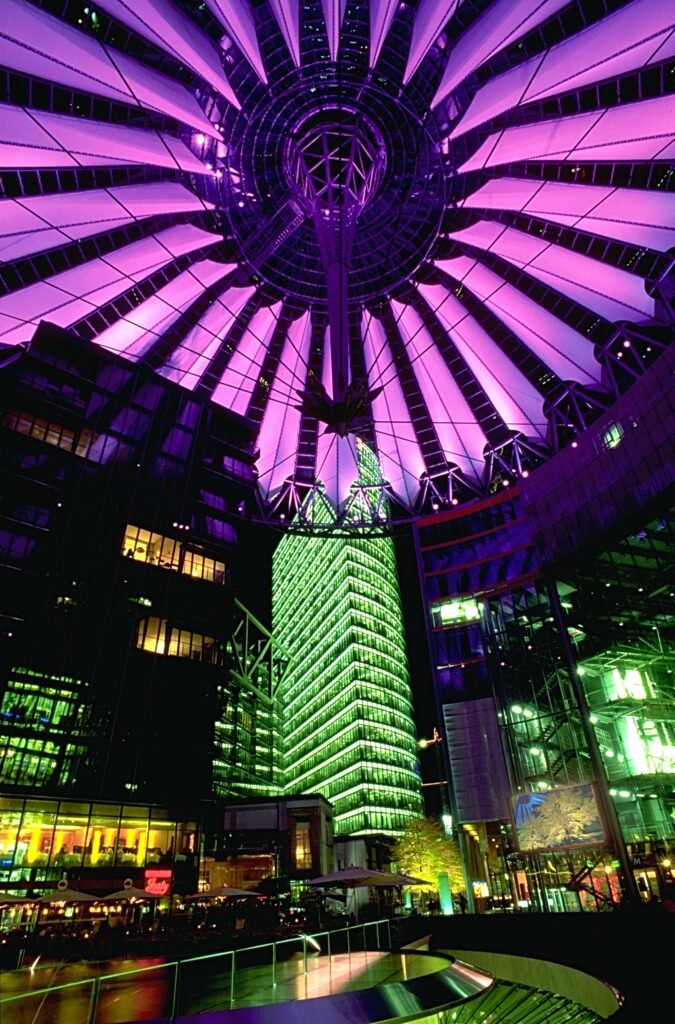
Conclusion
The architectural wonders of Chicago owe their existence to the vision and creativity of these five iconic architects. From Daniel Burnham’s urban planning genius to Frank Lloyd Wright’s organic architectural marvels, each architect has made an indelible mark on the city’s skyline. The legacy of Louis Sullivan’s skyscrapers, Ludwig Mies van der Rohe’s minimalism, and Helmut Jahn’s visionary designs further enrich Chicago’s architectural heritage. Their contributions have not only shaped the city but have also influenced architectural trends worldwide. As we admire Chicago’s magnificent skyline, let us remember and celebrate the architects who helped build the city we know and love today.







